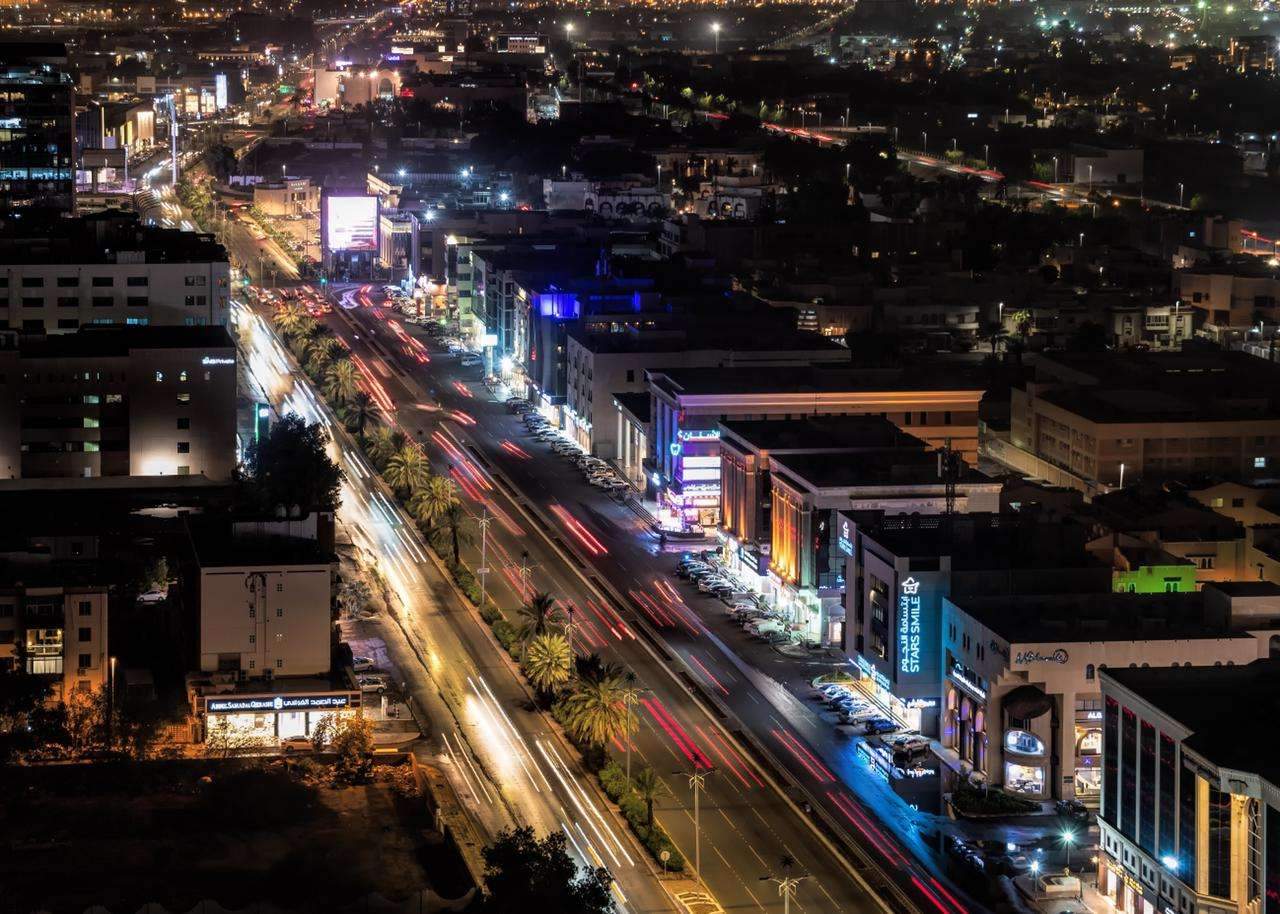Tips on Photographing Architecture and Structures,
Architects spend years bringing design to life and the architecture photographer must help to tell that story
The Challenge is to creatively use light and perspective to represent the character and personality of a space or structure high end gears is not a must
But getting started does require basic understanding of the fundamentals a quick understanding in composition
And Understanding of Exposure Triangle in Photography
Here are some basic Tips to Get You Started.
It’s All About Perspective
Architecture comes in all shape and sizes, but it’s really about the lines.
Taking great photo is all about working with those lines,
and using perspective to draw attention to details and bring your subject to life.

Take Few Step Back
Walk around to search of perfect camera position.
Most will avoid straight on eye level shots decision making is crucial experiment with angles
and levels of shot high and low angles putting more distance between yourself and your subjects adds perspective to straighten those converging lines.

Steady and Level
A sturdy tripod allows you to level the camera horizon and with the focal plane perpendicular to vertical lines which helps to control perspective.

Go Long and Wide
For architectural photos the goal is to fit as much as background details in the frame as possible.
This mean using wide angle lens that produces large dept. of field and a long focal length a lens of 10-24mm
and a standard zoom lens that covers 18 to 140mm will satisfy most needs and budgets.

The Perfect Light
Light is a challenge that must be understood and controlled.
The key to working out with natural light is to determine the right time to shoot.
Front lighting and backlighting are least prepared because this lighting reduces detail and make subjects look flat,
side-front lighting is ideal capturing Light at 45-degree angle across the elevation of the building brings surface details casting shadows and giving a sense of dimensions
High Dynamic Range (HDR)
Golden hour and blue hour are most pleasant shooting time.

Tips on Photographing Architecture and Structures
Color
Considering color the goal is remain true to the building and its character.

Simple Composition
Lines and patterns are the aesthetic basis of architecture.
Leading lines to guide viewer’s attention across the scene of the subject keep things simple.

Clear the Stage
The less distraction the better keep the scene clean and clear of debris.
Cars and people are frustrating environmental obstacle to work with.
Look for creative ways to avoid this distraction to be on your frame.

- Reflection Kills
Take a moment to look around and see what might be looking back at you.
Mirrors and shiny surfaces can ruin shot with unwanted reflections,
and often these aren’t viewed until back home and you put the image in the computer.

- Post-Shoot
Editing software is there to help correct and enhance color and even perspective. But not all can be fixed in editing its better do it right in camera and enhance it with editing.

Always keep in mind patience is a virtue it takes time to train the photographic eye experimenting exploring and having patience to learn through experience and KEEP ON SHOOTING..


 العربية
العربية